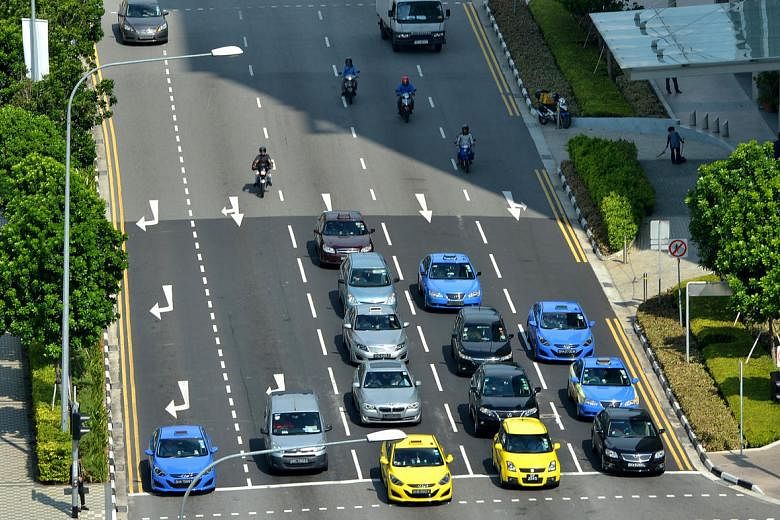SINGAPORE - As Singapore moves into warmer days, the authorities are working on a new heat stress information system to help the public plan outdoor activities better.
The system - which could be similar to the current health advisories for haze - will be ready by the end of the year.
This and other measures to fight climate change and reduce carbon emissions such piloting water treatment technologies that use less energy, were outlined in two publications titled Climate Action Plan announced on Sunday (July 10) by President Tony Tan Keng Yam.
Dr Tan was the guest-of-honour at the joint opening ceremony of the World Cities Summit, Singapore International Water Week and CleanEnviro Summit Singapore held at the Marina Bay Sands.
He said that the latest plans to fight climate change fit within the Sustainable Singapore Blueprint, which contains a series of environment goals to be met by 2030.
The Climate Action Plan, which will be available to the public on the website of the National Climate Change Secretariat's (NCCS), consolidates the ongoing work of government agencies in the last few years, and upcoming strategies.
These measures build on Singapore's last national climate change strategy plan which was released in 2012.
The first booklet, produced by the NCCS, sets out the steps that Singapore will take to meet its goals to be carbon-efficient. The Republic which signed the Paris Agreement on Climate Change in April this year, intends to reduce its emissions intensity by 36 per cent from 2005 levels by 2030, and stabilise emissions with the aim of peaking around 2030.
Key plans include improving energy efficiency by 1 to 2 per cent per year in the industry sector, which contributes more than half of the country's emissions, and piloting new water treatment technologies that use less energy.
The second document produced by the Ministry of the Environment and Water Resources and Ministry of National Development, details the effects of climate change and how Singapore is preparing for it.
The measures fall into six areas including coastal protection and managing water supply. One project is building Singapore's Tuas mega port more than two metres higher than the highest water level observed today.



